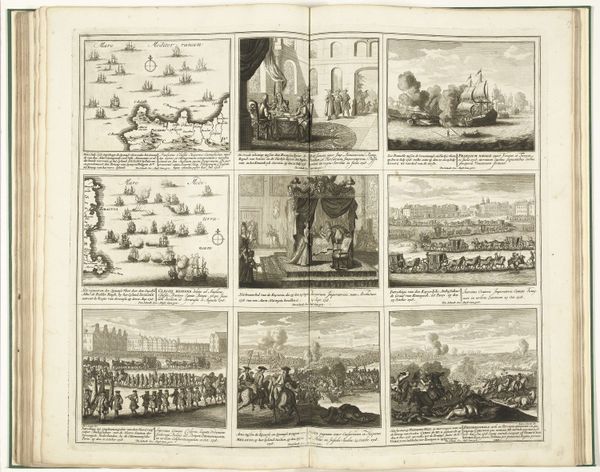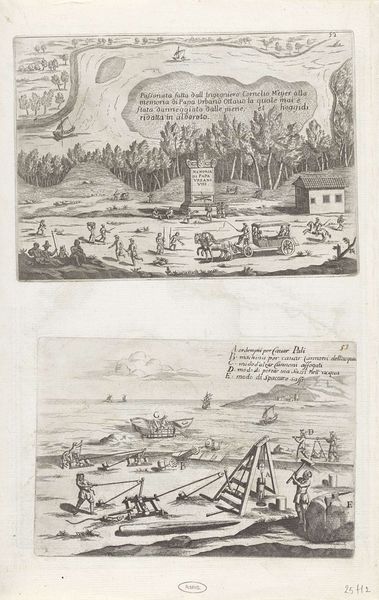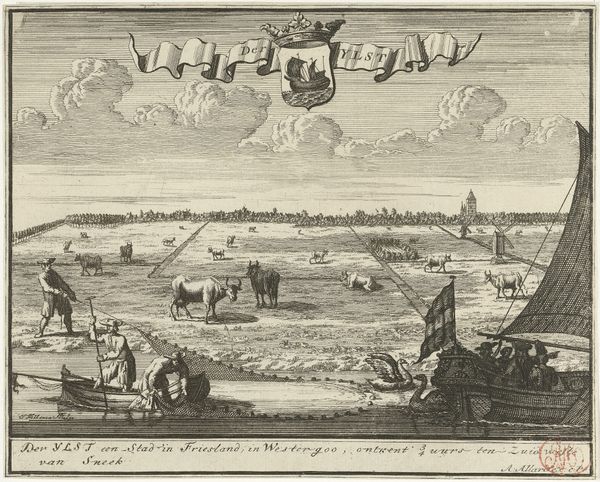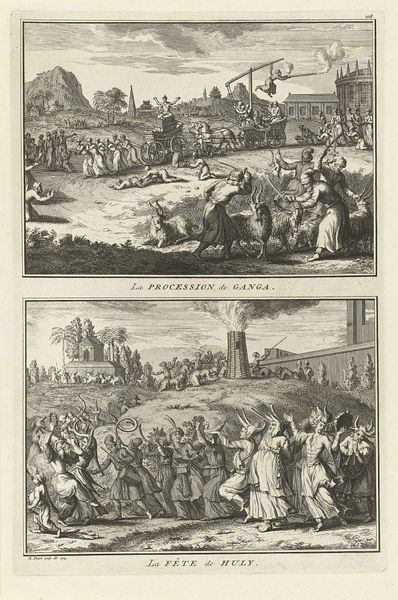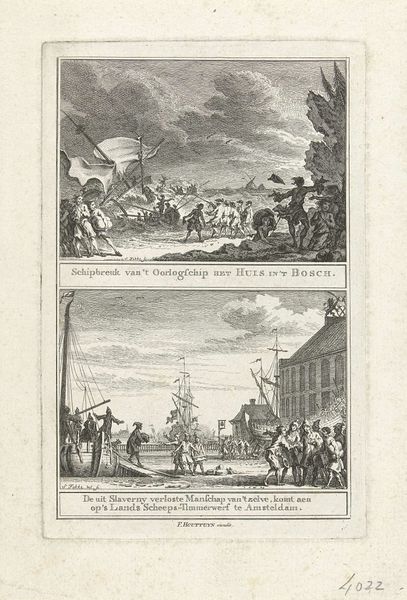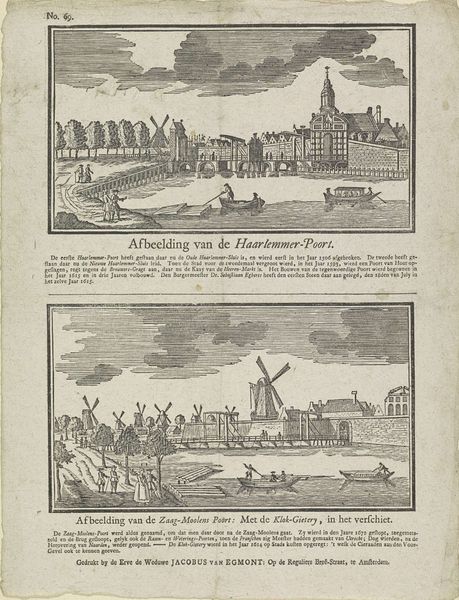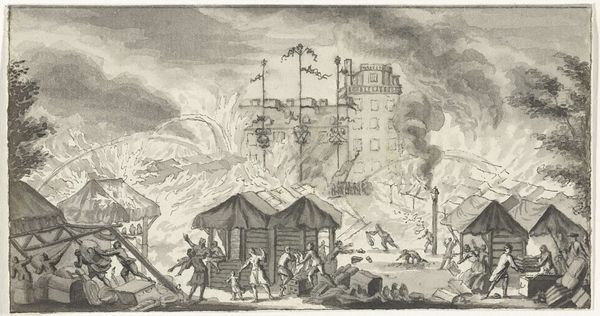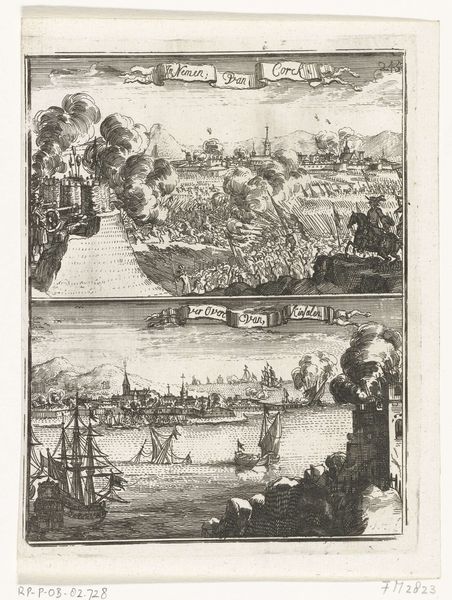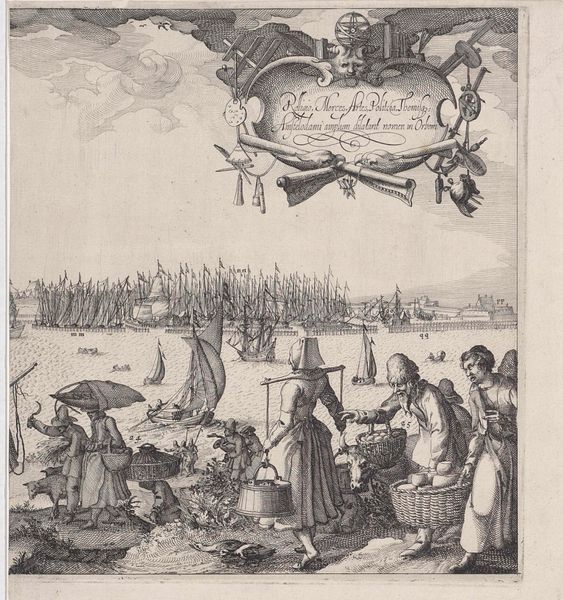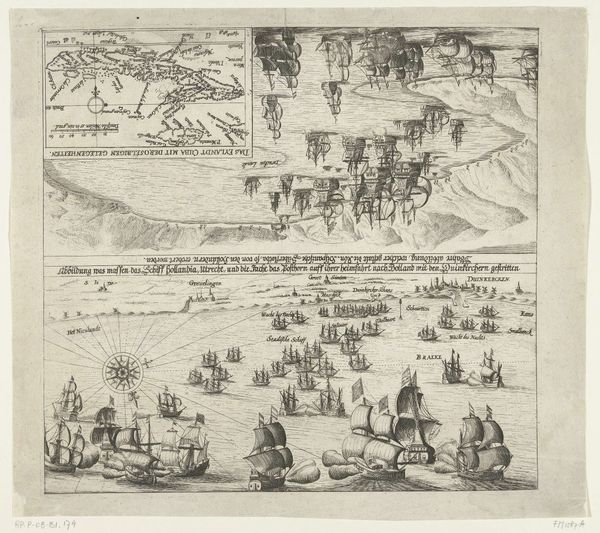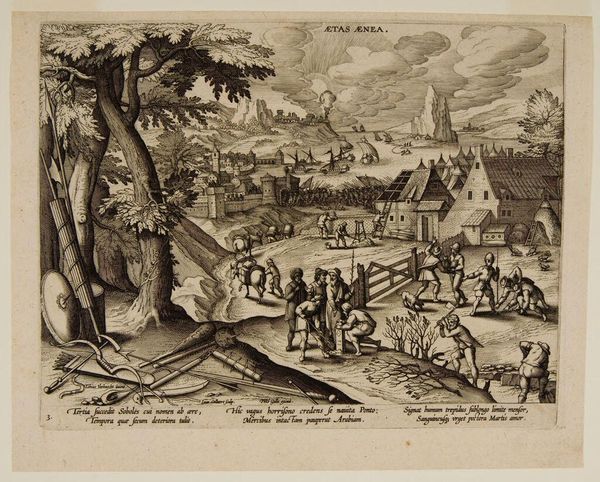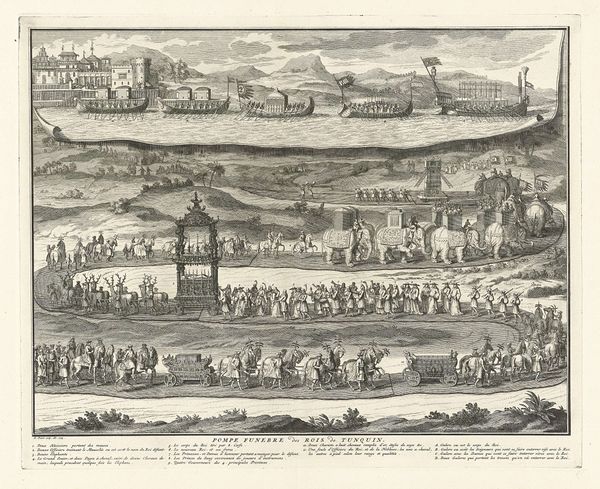
print, engraving
#
african-art
#
narrative-art
# print
#
old engraving style
#
figuration
#
line
#
genre-painting
#
history-painting
#
engraving
Dimensions: height 333 mm, width 218 mm
Copyright: Rijks Museum: Open Domain
This print, made by Bernard Picart, probably in the early 18th century, shows funeral rituals in Guinea, using the technique of engraving. The precision of the engraved lines allows for remarkable detail, but it's important to remember that Picart never visited Guinea himself. The image offers a window onto the labor involved in creating such images at this time. Engraving on copperplate was a skilled, laborious, and time-consuming craft. It depended on translating observations – in this case, likely second-hand accounts – into a visual form that could be reproduced. This points to the way that the Western image of other cultures was constructed through layers of interpretation and production. We see depictions of procession, burial and sacrifice, all rendered with the same level of detail, yet filtered through European perceptions. The print becomes a potent reminder that all images, even those that seem to offer a clear view of reality, are shaped by the materials, the making, and the historical context in which they are produced.
Comments
No comments
Be the first to comment and join the conversation on the ultimate creative platform.
